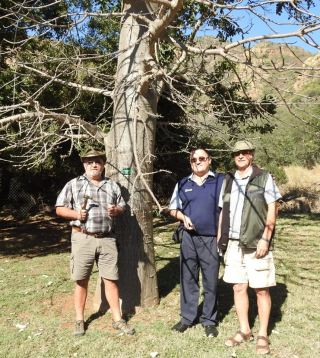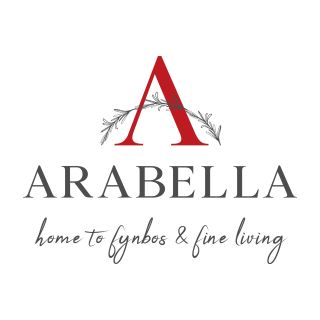Undocumented specie of Dragonfly found in Swadini Nature Reserve.
In Limpopo at Swadini, A Forever Resort an undocumented Dragonfly has been found and celebrated. This is the first time that this Dragonfly has formally been documented in the country; needless to say, it is also good news for the Limpopo ecosystem.
Earlier this year Swadini started a project with the aim of understanding the ecosystem in and around the Resort ultimately exposing guests and students to a wealth of knowledge. The project was started in partnership with Neels Snyman, Flip du Plessis as well as Dries de Vries, guests staying on the Resort documenting and monitoring this new species. The Dragonfly named Eastern Scissortail was found and photographed by Antoinette Snyman on the 20th of May 2019.
“Dragonflies and Damselflies play a key role in both the terrestrial and aquatic habitats. They are predators as both nymphs and adults feed on a variety of prey including nuisance species such as mosquitos, ants and biting flies. Dragonflies are also able to consume their own body weight in as little as half an hour. Dragonflies’ are nature’s way of pest control – natural alternative”, said Nols van der Berg, General Manager at Swadini. van der Berg added some fun facts about these interesting little creatures:
- Dragonflies were some of the first winged insects to evolve, some 300 million years ago.
- There are more than 5,000 known species of dragonflies
- In their larval stage, which can last up to two years, dragonflies are aquatic and eat just about anything—tadpoles, mosquitoes, fish, other insect larvae and even each other. Dragonflies are expert fliers. They can fly straight up and down, hover like a helicopter and even mate mid-air. If they can’t fly, they’ll starve because they only eat prey they catch while flying.
- Dragonflies, which eat insects as adults, are a great control on the mosquito population. A single dragonfly can eat 30 to hundreds of mosquitoes per day.
- Some adult dragonflies live for only a few weeks while others live up to a year.
The Resort is not only home to the newly documented Eastern Scissortail Dragonfly, but also home to other unique Dragonflies such as Painted Sprite, Great Sprite, Lined Claspertail and Spined Fairytail.
Unique trees located at Swadini include Lebombo clusterleaf, Carrot-tree, Mitzeeri, Forest fever tree and Matumi. Unique birds can also be found in Swadini and include Crowned Eagle, African Black Duck, African Finfoot, Half-collared Kingfisher as well as the Trumpeter Hornbill. Wild animals that can be found in, and around the Resort include Leopard, Kudu, Hippo, Crocodiles, Waterbuck, Bushbuck, Meerkat, Duiker, Mongoose and Impala.
“Overall, our vision is to leave behind a wealth of knowledge, understanding and awareness for the unique Fauna and Flora in and around Swadini and the Blyde River Nature Reserve for future generations”, van der Berg concluded.
ARABELLA COUNTRY ESTATE MOVES EVEN CLOSER TO NATURE
Arabella Country Estate, consistently voted as one of the top residential estates in South Africa, has recently undertaken a full rebrand in order to bring their current look and feel more in line with their natural surroundings and eco-system.
“With the popularity of residential estates in South Africa, we felt it was very important to align our estate’s look and feel with all that we stand for and offer our home-owners,” explains estate manager, Dirk Uys.
Situated on the shores of the Bot River Lagoon and within the world renowned Kogelberg Biosphere, the estate contracted in the services of a relationship marketing specialist to help highlight the natural beauty of all the estate has to offer.
The new look logo was developed in tandem with the positioning strapline, creating a 'cohesive whole', which emphasises and embodies "Home to fynbos & fine living" - almost like a mini ecosystem. The more contemporary logo opens the brand to a slightly younger market, radiating a warm, welcoming invitation to the target audience, inviting them to become part of something truly special.
From the logo to the hand-drawn styled strapline and watercolour elements used in the brand collateral, there is an appreciation for the beauty of the environment that radiates through the elements. The photos and textures are like art pieces, causing the reader to take a moment to appreciate it – the same as one would in nature.
The new copy used in the adverts is warm and inviting. Using words like 'pristine', it speaks about the unique offerings of the estate – residential, spa, hotel, and golf – in the same gentle, sensitive, and inviting sense that one would talk about nature.
To see the new look for yourself please visit:
Website – www.arabellacountryestate.co.za
Facebook – @ArabellaCountryEstate
Twitter – @ArabellaEstate
Instagram - @arabellacountryestate



